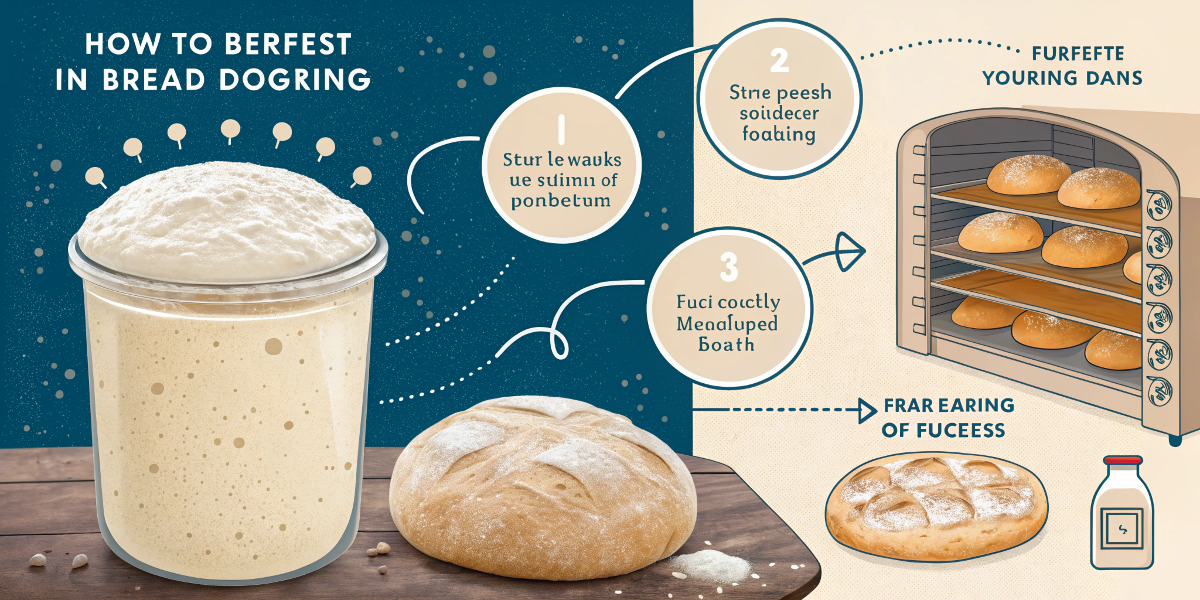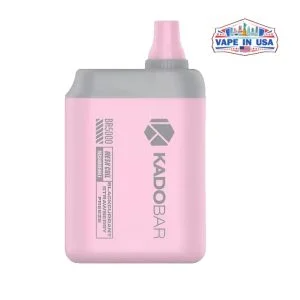Creating a children’s book is no small feat—it’s a labor of love, a dance between imagination and precision, and a journey that blends storytelling with artistry. As the mind behind Slobberpuss, I’m thrilled to pull back the curtain and share the creative process that brought this drool-filled, tail-wagging tale to life. This isn’t just a story; it’s a celebration of childhood wonder, crafted with care to earn its place among the best children’s storybooks and become a cherished addition to the best books for toddlers. So, let’s dive into the behind-the-scenes magic of how Slobberpuss went from a spark of an idea to an illustrated dog story for kids that families adore.
The Spark: Where It All Began
Every great story starts with a single moment of inspiration, and for me, Slobberpuss was born out of a messy, joyful encounter with my own dog, Max. One rainy afternoon, as he bounded through the house leaving a trail of muddy paw prints and slobber in his wake, I couldn’t help but laugh. There was something undeniably endearing about his chaos—something that felt universal to anyone who’s ever loved a pet. That’s when it hit me: a story about a lovable, slobbery dog could connect with kids and parents alike. It wasn’t just about the mess; it was about the unconditional love and silliness that pets bring into our lives.
From there, I, Lori Mash, set out to craft a tale that would capture that spirit. I wanted Slobberpuss to be more than just a book—it had to feel like a friend, a companion for little readers navigating the big, messy world. This vision became the foundation for what I hoped would stand tall among the best children’s storybooks, a book that speaks to the heart of toddlerhood with humor and warmth.
Building the World of Slobberpuss
The creative process is a bit like building a house—you need a strong blueprint before you can start decorating. For Slobberpuss, that blueprint was the character himself. I imagined a floppy-eared, big-hearted dog with a knack for turning everyday moments into hilarious misadventures. His name, Slobberpuss, came naturally—a playful nod to his drooling antics and cuddly charm. But he wasn’t alone. I paired him with a curious toddler, Lily, whose wide-eyed wonder mirrors the audience I had in mind: young readers eager for stories that feel relatable and fun.
The setting was just as important. I pictured a cozy, slightly chaotic home—think scattered toys, smeared fingerprints, and a backyard ripe for exploration. This wasn’t a pristine fairy-tale land; it was a real, lived-in space where kids could see themselves. That authenticity is key when you’re aiming to create one of the best books for toddlers—it has to resonate with their everyday experiences while sparking their imaginations.
Writing the Story: Balancing Humor and Heart
With Slobberpuss and Lily in place, the real work began: writing a story that would captivate young minds. As Lori Mash, I’ve always believed that children’s books should do two things—entertain and connect. For Slobberpuss, that meant weaving a narrative that was equal parts silly and sweet. The plot follows Slobberpuss as he accidentally turns Lily’s quiet afternoon into a whirlwind of slobber-soaked chaos, from knocking over a juice cup to leaving paw prints on her favorite blanket. Through it all, Lily learns that love—messy as it may be—is what matters most.
Drafting the manuscript was a delicate balance. Toddlers have short attention spans, so every word had to count. I kept the language simple yet rhythmic, perfect for read-aloud sessions where parents and kids could giggle together. Humor was the heartbeat of the story—Slobberpuss’s over-the-top antics were designed to elicit belly laughs—but I layered in moments of tenderness, too. When Lily hugs Slobberpuss at the end, drool and all, it’s a quiet reminder of the bond between kids and their pets. That emotional core is what elevates Slobberpuss into the realm of an illustrated dog story for kids that lingers long after the last page.
The writing process wasn’t without its challenges. Early drafts felt too chaotic—Slobberpuss was a tornado of drool, but the story lacked direction. I revised tirelessly, trimming excess and sharpening the arc until it flowed naturally. Feedback from early readers (a mix of parents and little ones) helped me fine-tune the pacing and punchlines. It was a reminder that creating one of the best children’s storybooks isn’t a solo act—it’s a collaboration between the writer, the audience, and the characters themselves.
Bringing Slobberpuss to Life: The Art of Illustration
A children’s book is only half-complete without its visuals, and for Slobberpuss, the illustrations were the secret sauce. I knew this had to be an illustrated dog story for kids that popped off the page, so I partnered with a talented illustrator whose style matched my vision: bold, colorful, and brimming with personality. Together, we turned Slobberpuss into a floppy, drooling dynamo with soulful eyes and a mischievous grin. Lily, too, came alive—her tousled hair and wide smile capturing the essence of toddler energy.
The illustration process was a back-and-forth dance. I’d sketch rough ideas—stick-figure versions of Slobberpuss mid-slobber or Lily chasing him with a towel—and the illustrator would transform them into vibrant, detailed scenes. We obsessed over the little things: the texture of Slobberpuss’s fur, the splash of juice mid-spill, the gleam in his eye as he plots his next move. Every image had to tell a story on its own, making Slobberpuss one of the best books for toddlers that invites kids to linger and explore.
Color played a huge role, too. We chose a palette of bright primaries—reds, blues, yellows—to grab young readers’ attention, balanced with softer tones for the quieter moments. The goal was a book that felt lively yet comforting, a visual hug for families curling up together. Seeing those first full-color spreads was a thrill—it was like meeting Slobberpuss and Lily in person for the first time.
Refining the Details: From Draft to Done
Even with a solid story and stunning artwork, the creative process wasn’t over. Refinement is where the magic happens, and for Slobberpuss, that meant countless rounds of edits. I pored over every line, tweaking dialogue to sound more natural and polishing descriptions to paint vivid pictures without overwhelming young listeners. The illustrator and I adjusted layouts, ensuring the text and images worked in harmony—crucial for a book aiming to rank among the best children’s storybooks.
We also thought about the physical book itself. Toddlers are hands-on, so we opted for sturdy pages that could withstand sticky fingers and enthusiastic page-turns. The size was just right for little laps, and the cover—a grinning Slobberpuss mid-drool—had to be irresistible on a bookstore shelf. These choices weren’t afterthoughts; they were deliberate steps to make Slobberpuss one of the best books for toddlers in both form and function.
The Heart of It All: Why Slobberpuss Matters
Looking back, the creative process behind Slobberpuss was as messy and joyful as the story itself. It took months of brainstorming, drafting, sketching, and revising, but every moment was worth it. As Lori Mash, I poured my heart into this book because I believe in the power of stories to shape young minds. Slobberpuss isn’t just an illustrated dog story for kids—it’s a celebration of love, laughter, and the beautiful chaos of growing up.
For me, the ultimate reward is imagining families reading Slobberpuss together—parents chuckling at the silliness, kids pointing at the pictures, and everyone feeling a little closer by the end. It’s a book designed to spark joy and connection, a worthy contender among the best children’s storybooks that leave a lasting mark. So, here’s to Slobberpuss—may his drooly grin bring smiles to homes everywhere, one messy adventure at a time.















Leave a Reply